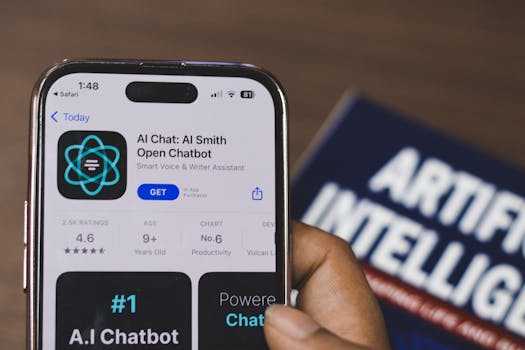
Exploring the Future: Emerging Trends in Artificial Intelligence and Machine Learning
Takeaways: The landscape of artificial intelligence (AI) and machine learning (ML) is rapidly evolving. Key trends such as the rise of deep learning, advancements in natural language processing, and the growing focus on AI ethics and automation are reshaping industries. Understanding these trends is crucial for businesses and individuals looking to harness the power of AI and ML in the future.
Artificial Intelligence (AI) and Machine Learning (ML) have become integral components of modern technology, influencing various sectors from healthcare to finance. As we move further into the 21st century, several emerging trends are shaping the trajectory of AI and ML, offering new possibilities and challenges. In this article, we will explore some of the most significant trends in AI and ML, their implications, and how they are transforming our world.
1. The Rise of Deep Learning

Deep learning has made significant strides in areas such as computer vision, speech recognition, and natural language processing. For instance, companies like Google and Facebook are leveraging deep learning for image and voice recognition, enabling more intuitive user experiences. In healthcare, deep learning algorithms are being used to analyze medical images and assist in diagnostics, leading to improved patient outcomes.
Moreover, advancements in hardware, such as Graphics Processing Units (GPUs) and Tensor Processing Units (TPUs), have made it feasible to train deep learning models faster and more efficiently. As these technologies continue to evolve, we can expect deep learning to become even more prevalent, driving innovation across various domains.
2. Advancements in Natural Language Processing

These models have demonstrated remarkable capabilities in tasks such as text summarization, sentiment analysis, and language translation. The ability to generate coherent and contextually relevant text has opened new avenues for applications in content creation, customer service, and virtual assistants.
As businesses increasingly adopt NLP technologies, we can expect to see more personalized and efficient customer interactions. Companies are leveraging chatbots and virtual assistants powered by NLP to enhance customer support, streamline operations, and improve user experiences. Furthermore, the integration of NLP with other technologies, such as voice recognition and sentiment analysis, will continue to shape the future of communication in the digital age.
3. The Growing Focus on AI Ethics and Responsibility

One emerging trend is the emphasis on explainable AI (XAI), which aims to make AI systems more transparent and understandable to users. This is particularly important in critical sectors such as healthcare, finance, and criminal justice, where AI-driven decisions can have significant consequences. By providing insights into how AI models arrive at their conclusions, organizations can build trust and accountability in AI systems.
Additionally, there is a growing movement towards promoting diversity and inclusivity in AI development. Ensuring that AI systems are trained on diverse datasets can help mitigate biases and improve the fairness of AI applications. As stakeholders continue to address these ethical concerns, we can expect to see a more responsible approach to AI and ML, fostering innovation while safeguarding societal values.
4. Automation and the Future of Work

However, the rise of automation also raises concerns about job displacement and the future of work. While AI has the potential to create new job opportunities, it is essential for businesses and policymakers to address the challenges associated with workforce transition. Reskilling and upskilling initiatives will play a crucial role in preparing employees for the changing job landscape, ensuring that they can thrive in an AI-driven economy.
Furthermore, the collaboration between humans and AI is expected to become more prevalent, with hybrid models emerging where AI assists humans in decision-making processes. By leveraging the strengths of both humans and machines, organizations can achieve greater innovation and effectiveness in their operations.
